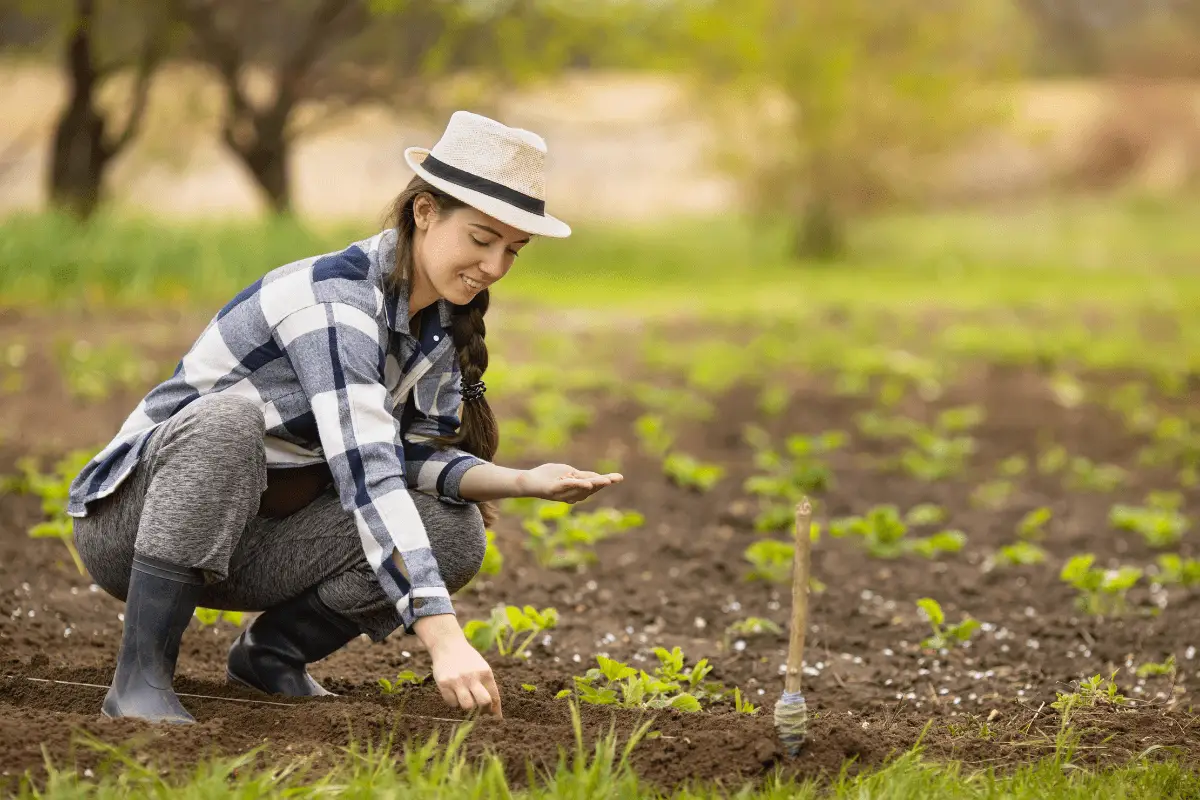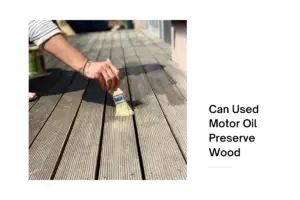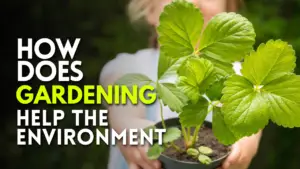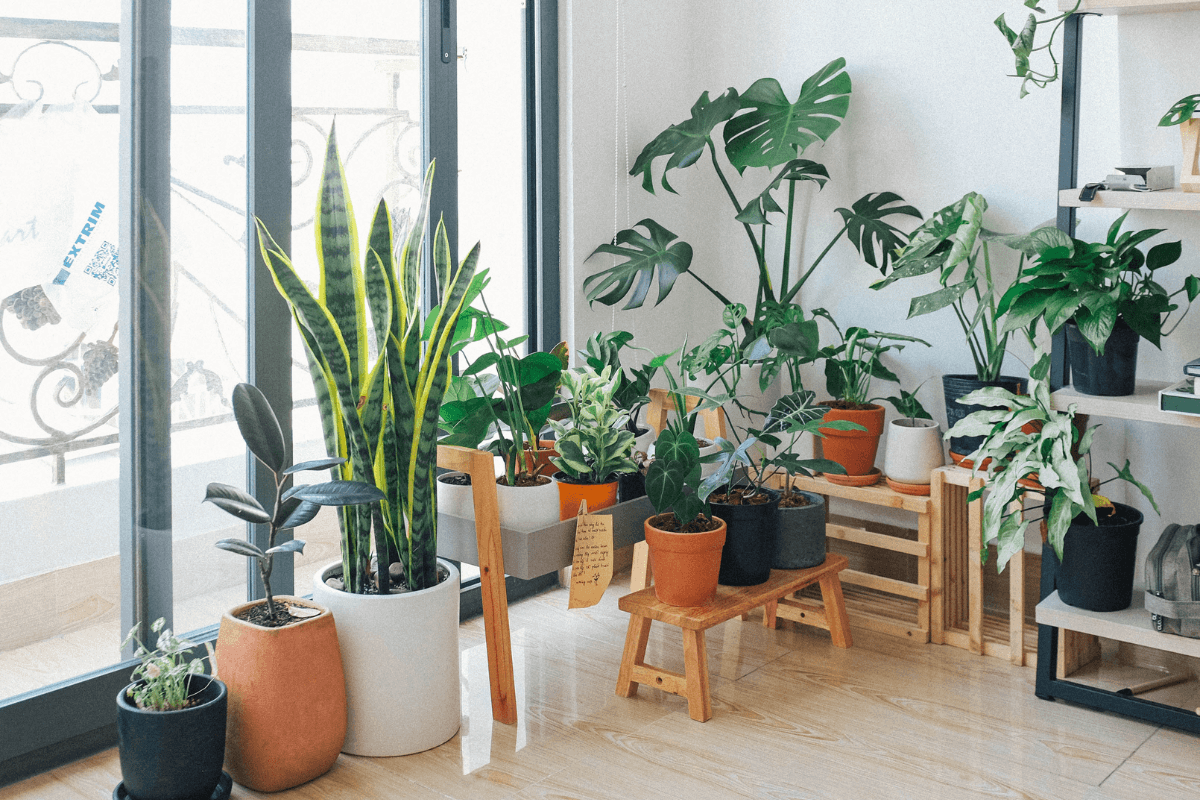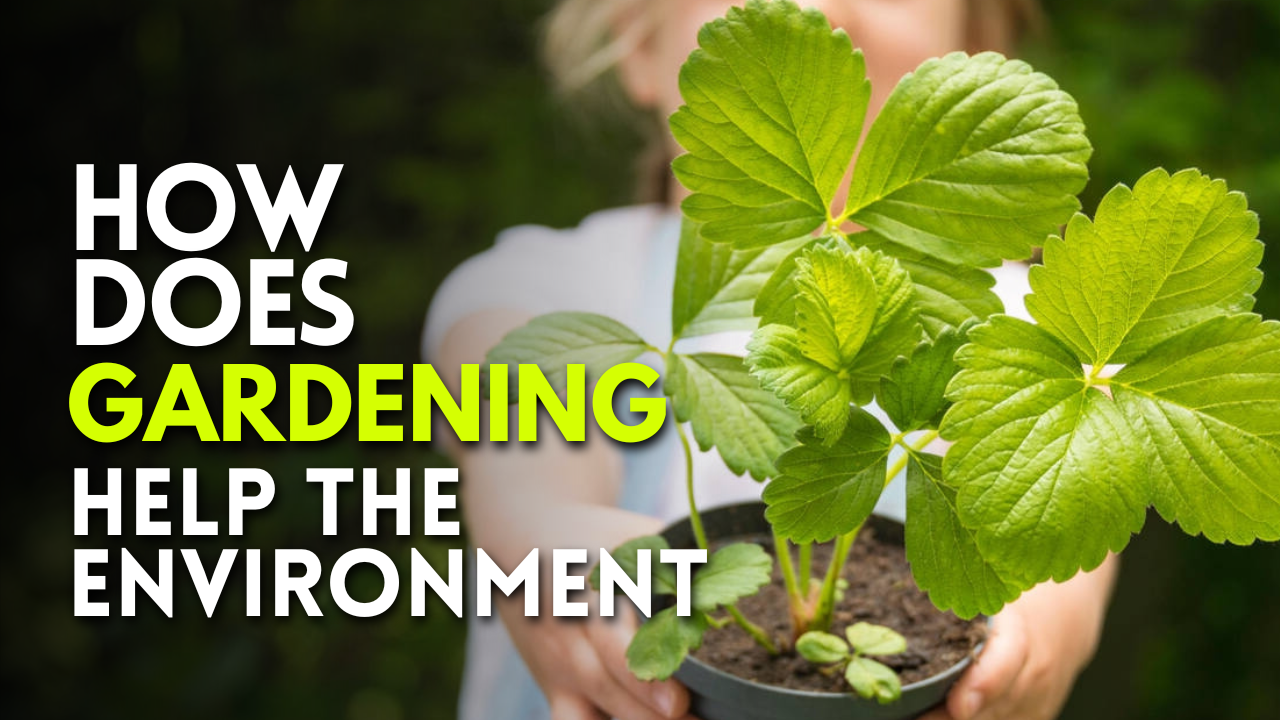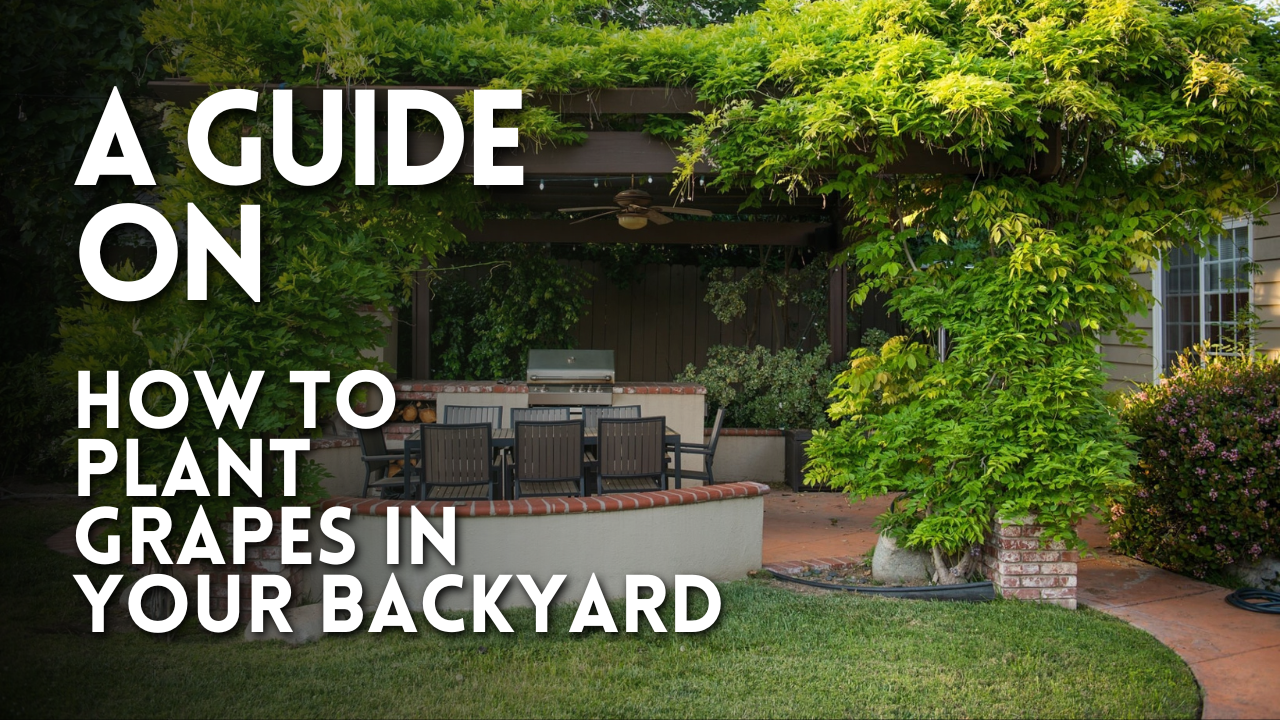Plants and the ecosystem thrive on good soil. There is less need for fertilizers and pesticides if the garden soil is in good condition.
Soil building not only improves the health of your plants, but it may positively affect your own. Typically, decomposing items such as leaves and grass clippings are incorporated into the soil to produce organic soil.
Moisture may build up in such soil, but it drains quite efficiently. Good organic garden soil is well-distributed, loose, and full of air and minerals that plants need to thrive. It is full of living beings, from earthworms to bacteria and fungus, that keep the soil healthy. It also has the correct pH level, which is crucial to its health. This article will help you understand how to prepare the soil for planting.
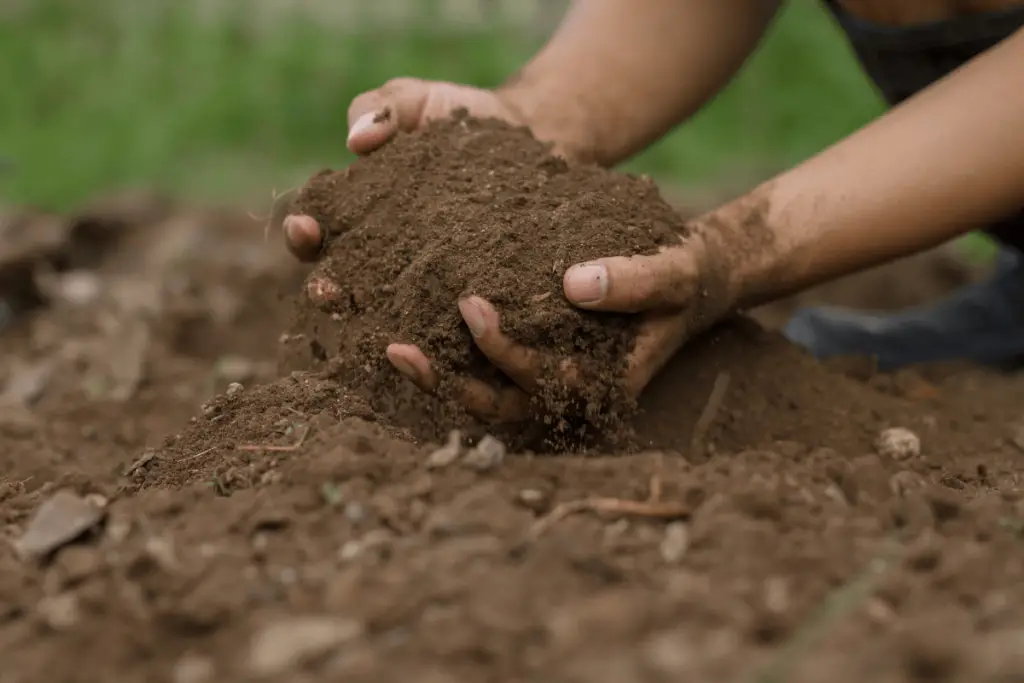
What Is Soil?
Around half of the soil, you find in the ground around your home has been weathered for thousands of years. The rest of the soil comprises decomposing plant and animal materials, such as insects, lichens, and moss.
Bacteria, fungi, microbes, insects, and earthworms are also included in the mix. In addition, to decompose plant waste, you can aerate the soil and fix nitrogen into the soil. This is necessary for the plants in your garden!
What Is the Best Soil to Use for Gardening?
Soil that will grow well has to be kept consistently wet while also being aerated at the same time. Soil made up of rocks and pebbles tends to be deficient in nutrients; this is not the case with good soil.
If you live in an area with scarce good soil, you don’t have to rush out and buy a bag of potting soil every time you want to grow anything in your yard.
If your garden soil is uninhabitable, keeping some potting soil on hand is not a bad idea. In certain circumstances, you may need to start from scratch and build a fresh mix.
How to Prepare the Soil for Planting?
Add Manure That Is High in Nitrogen
In terms of soil aggregation, manure has a stronger impact than compost. Farmers recommend applying organic manure to progressively increase the quality of the potting soil.
Use organic manure to improve the soil’s humus content and water-holding ability. In addition, it provides plants with the most significant macronutrient dosage.
There are few alternatives to cow dung manure available in the market. However, you should never substitute fresh animal dung with well-decomposed manure.
Dark, consistent, and wet organic manure has a rich texture and, most importantly, no disagreeable odor. Leguminous ‘green manures,’ such as legume leaves, can be added to otherwise balanced manure to produce nitrogen-rich manure.
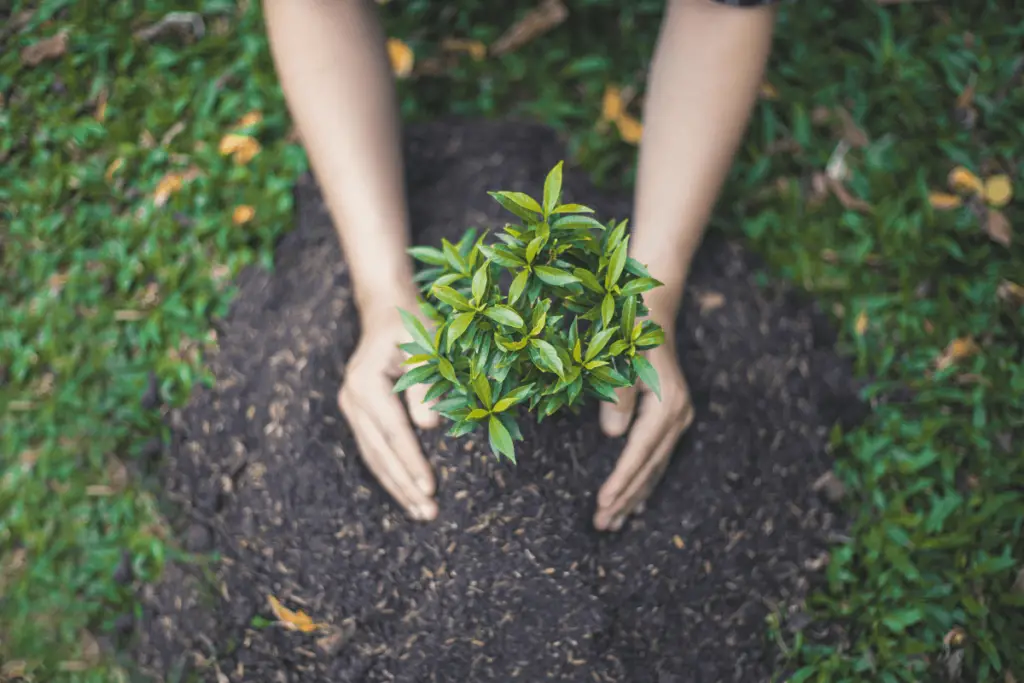
Composting
Composting is the process of reusing or recycling organic wastes. It minimizes the bulk of organic materials, stabilizes their soluble elements, and stimulates the creation of soil humus.
Slow-release nutrients, such as those found in a quarter-inch of compost every season, help your soil retain water and fight illness.
Composting using worms is a well-known technique. This method uses earthworms to break down the soil to make nutrient-rich materials like manures, food waste, and green crop residues more readily available to plants.
Plant a Cover Crop
Cover crops are an excellent way to nourish your soil, increase its fertility, and help it hold its shape over time. In addition to providing nutrients for soil microorganisms and food crop plants, recently uprooted cover crops also supply nutrients for the soil bacteria.
In addition, the rotting roots of these cover crops break up pores in the soil, allowing water and oxygen to infiltrate. Cover crops, such as clovers, alfalfa, peas, and beans, are beneficial because they convert atmospheric nitrogen into forms that crop plants can use.
Add Mulch
Keep the soil covered with organic mulch. Moisture and temperature extremes are kept at bay by mulching the soil. Beneficial creatures, such as earthworms, microbes, and other microorganisms that can “nibble” at mulch, can gradually integrate their wastes into the soil’s top layer.
High-carbon mulches are better for weed control than those that decompose quickly because they last longer before being integrated into the soil food chain. Re-applying mulch that has been in place for the growing season is a necessity and an excellent idea.
Utilize Permanent Garden Pathways and Beds
Soil structure is best protected by planting in large, permanent beds with less foot activity and by planting as near as feasible.
The soil life and plants benefit from the shade provided by dense planting because it conserves moisture and regulates temperature.
Alternatively, you may mulch walkways and use the foot movement to grind items like straw or leaves. You may add finely shredded material into your garden’s soil to break down more quickly than in coarser forms.
Is It Possible to Use Fertilizer or Manure to Improve Soil Quality?
Preparing the soil for planting might be aided by the incorporation of composted manure. Fresh manure can harm plants and introduce disease into the soil. However, compost manure is typically a safe choice for the gardener. Local organic farms may even sell it to you already prepared.
Green manure is another option. This manure is often created from post-harvest oats, clovers, rye, buckwheat, or mustards.
The weeds that emerge from the earth are then ripped out and buried again. Soil is strengthened for the next season of planting when the nutrient-rich leaves begin decomposing.
Does Soil Tilling Improve Its Quality?
Experts believe that no matter how difficult your soil is; you should till it as often as possible. If you’re planning to utilize tilling for spring planting, ensure it’s damp but not soggy, and do it in the winter.
It might be a little difficult to start working on the soil. This is why the timing of this season is so important. This helps maintain the soil wet and mellow until the spring when it’s time to plant.
Raking, hoeing, spading, shoveling, or using an electric roto-tiller are all acceptable tilling methods. Raking the soil to remove big sticks or rocks is a good first step.
When borrowing a tiller from your neighbor, you don’t want those objects to get stuck between the blades. Additionally, you should till at least eight to ten inches below the surface.
As a result of deep tilling, vegetable roots can penetrate deeper into the soil.
Wrapping Up
We hope that now you understand how to prepare the soil for planting. Plants require healthy soil to thrive and provide fruitful crops. You may get a head start on the season by preparing your soil properly!

